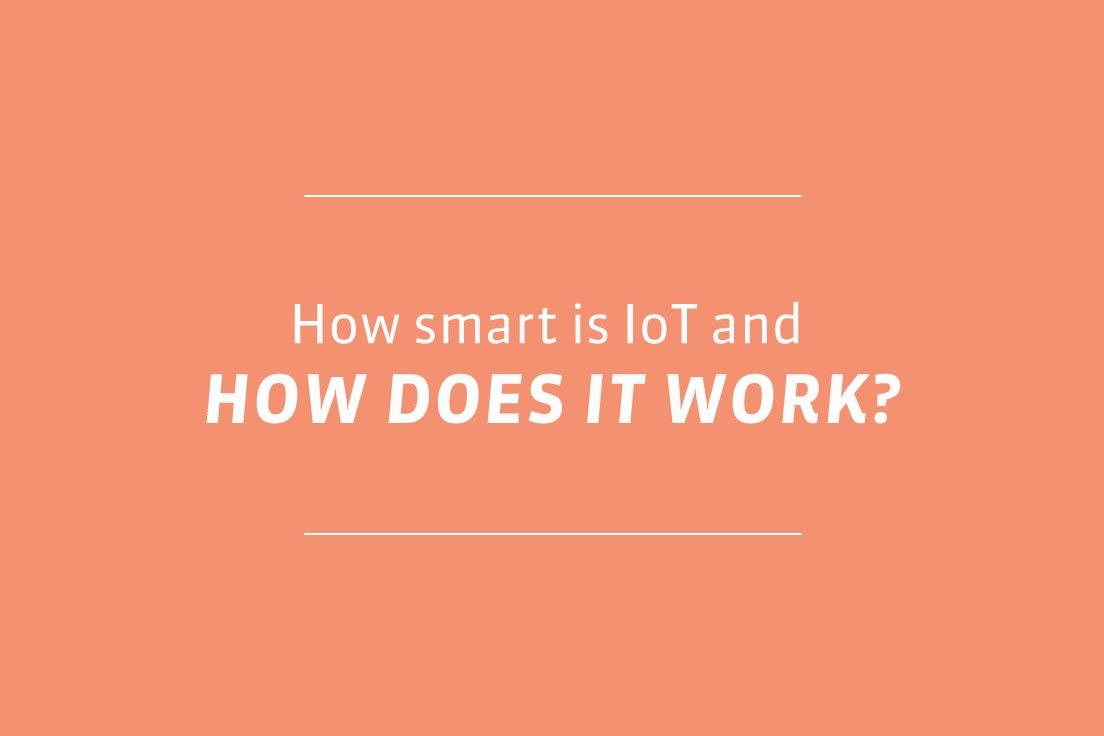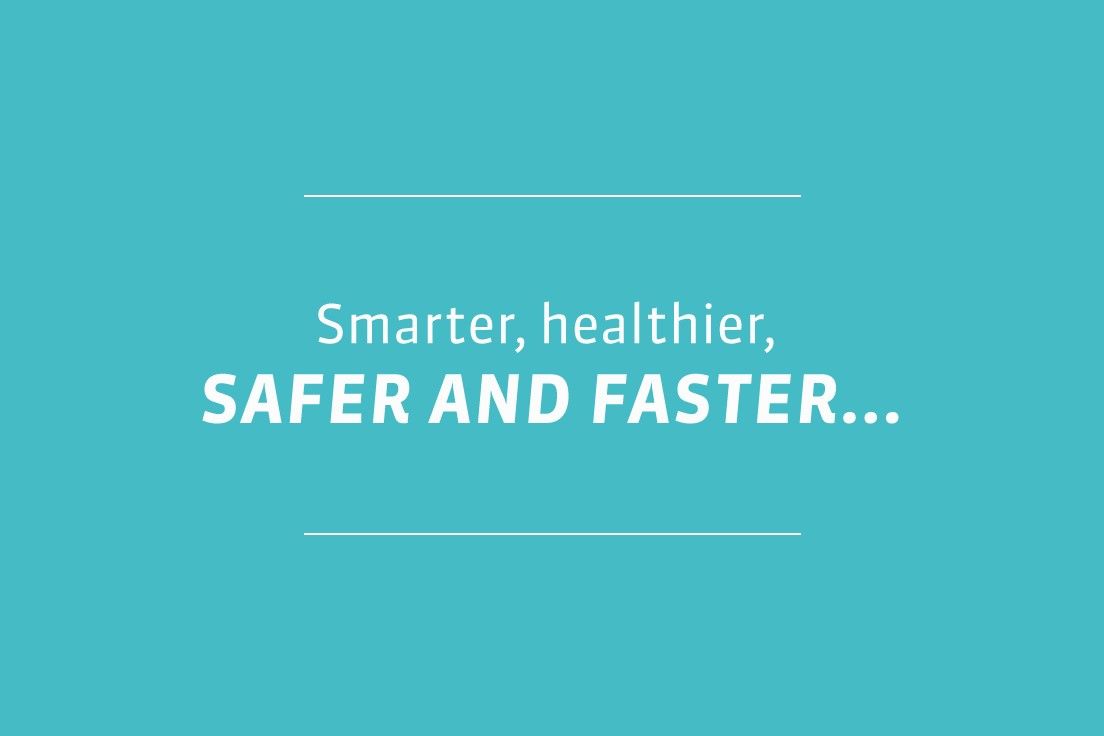Atlassian Blog Series
UX and UI in Software Development
UX and UI are both vital aspects of software development. Whether together or individually, they form a key element of the process at every stage, from conceptualisation to deployment. In each acronym, the ‘U’ refers to the end-users. Users are the people for who the software is being developed. Ultimately, if an App or new piece of software doesn’t make people’s lives easier, more enjoyable or more profitable, it cannot be considered a success.
User experience (UX) and User Interface (UI) are closely related. Indeed, they are two sides of the same Bitcoin, as it were. In this blog, we’ll consider just what makes them so important.




